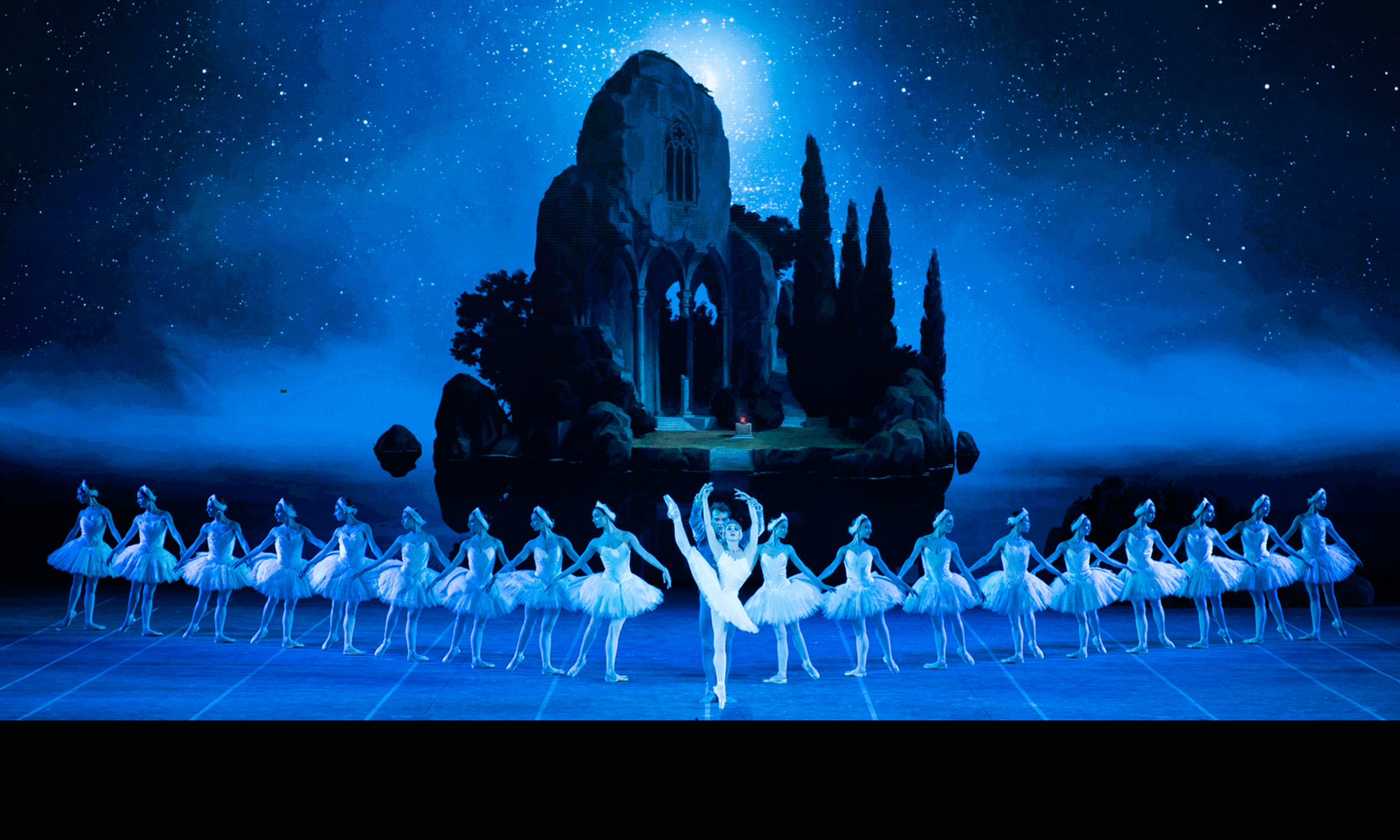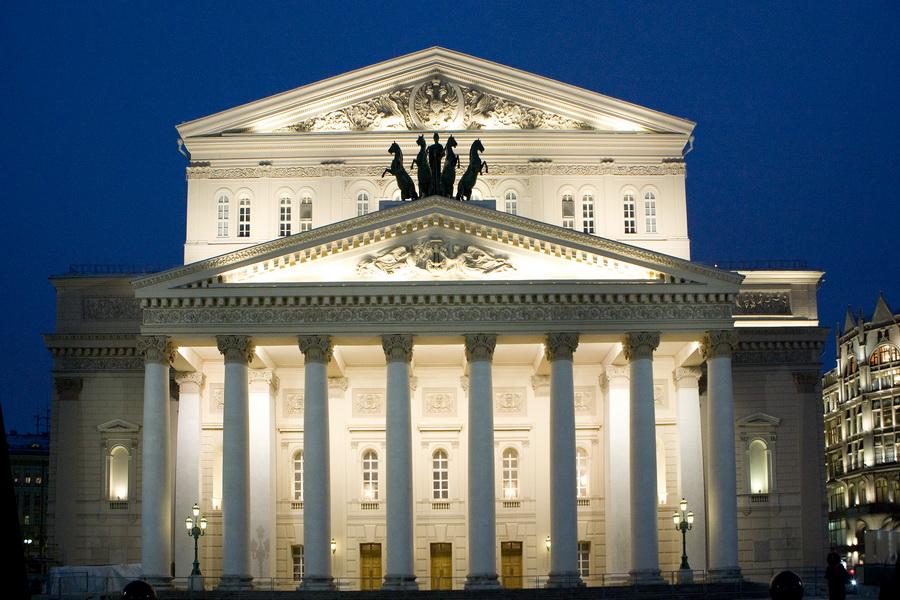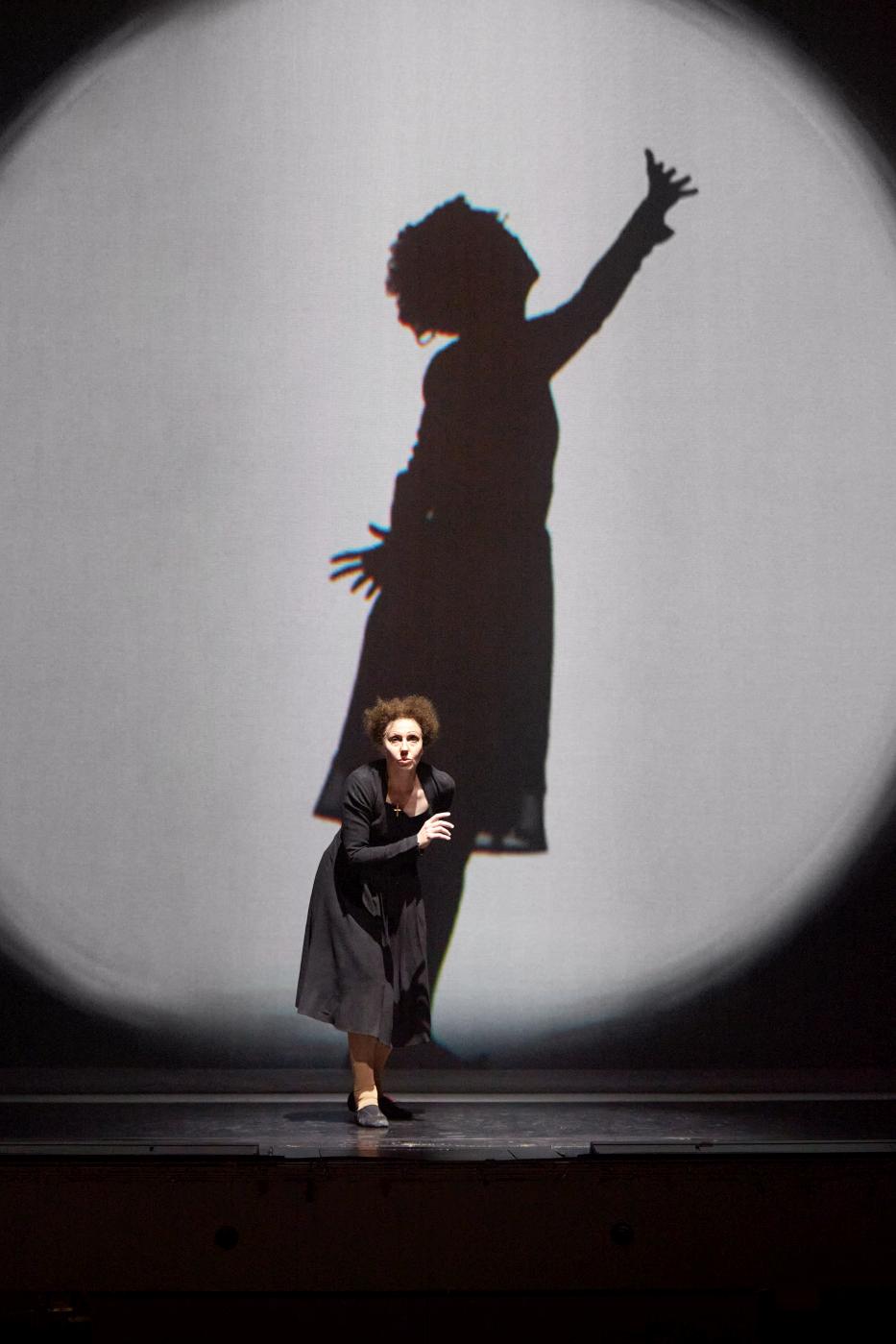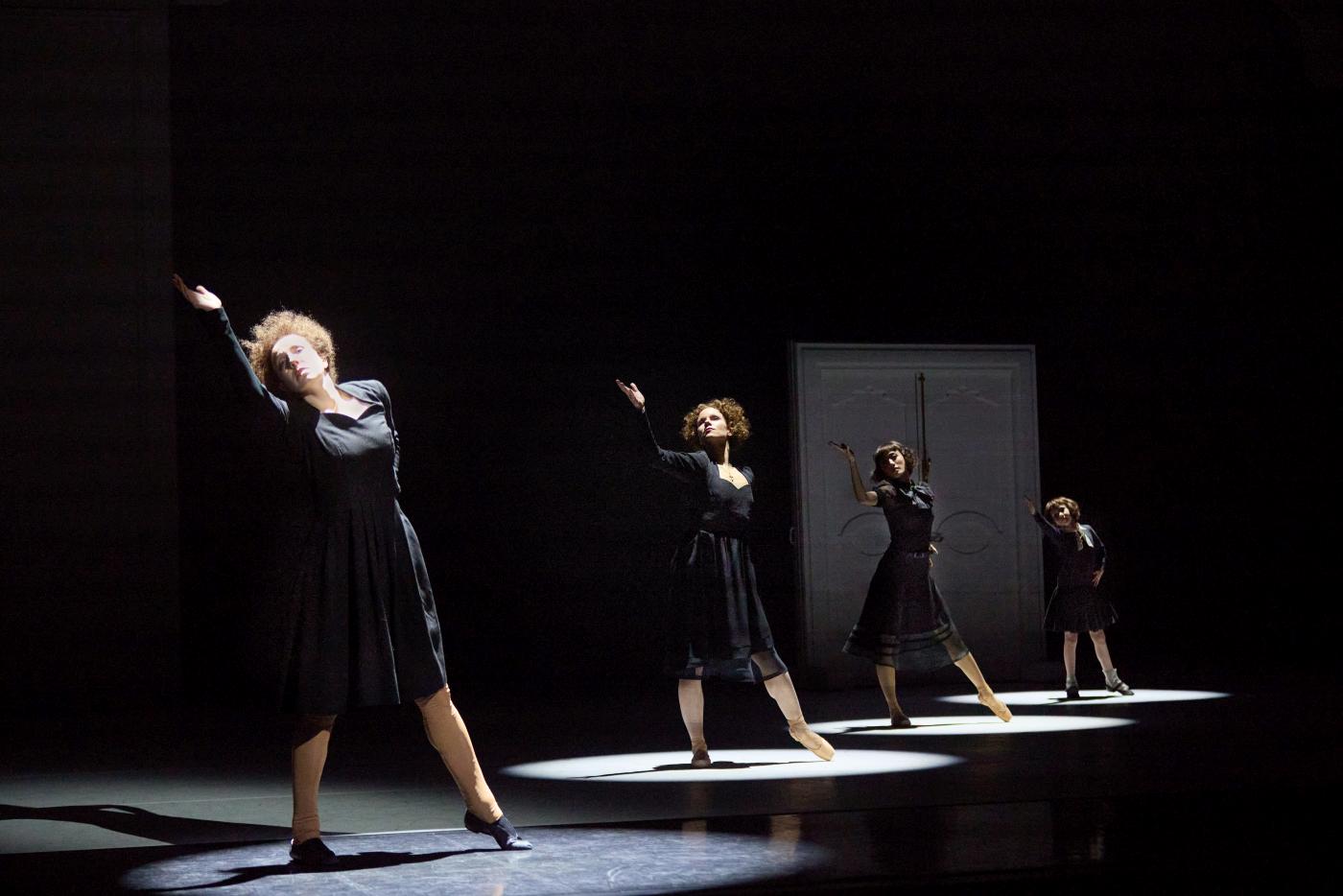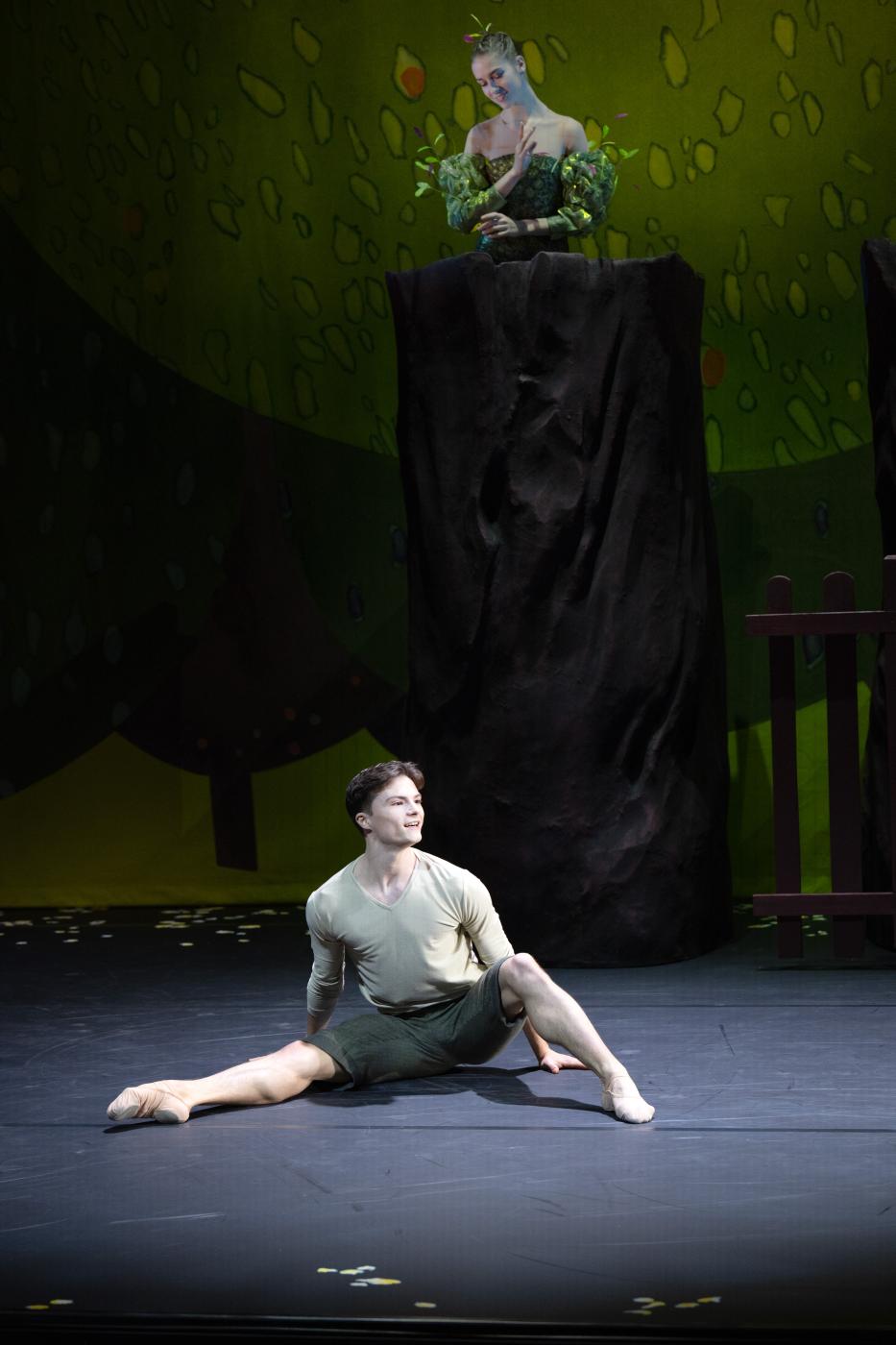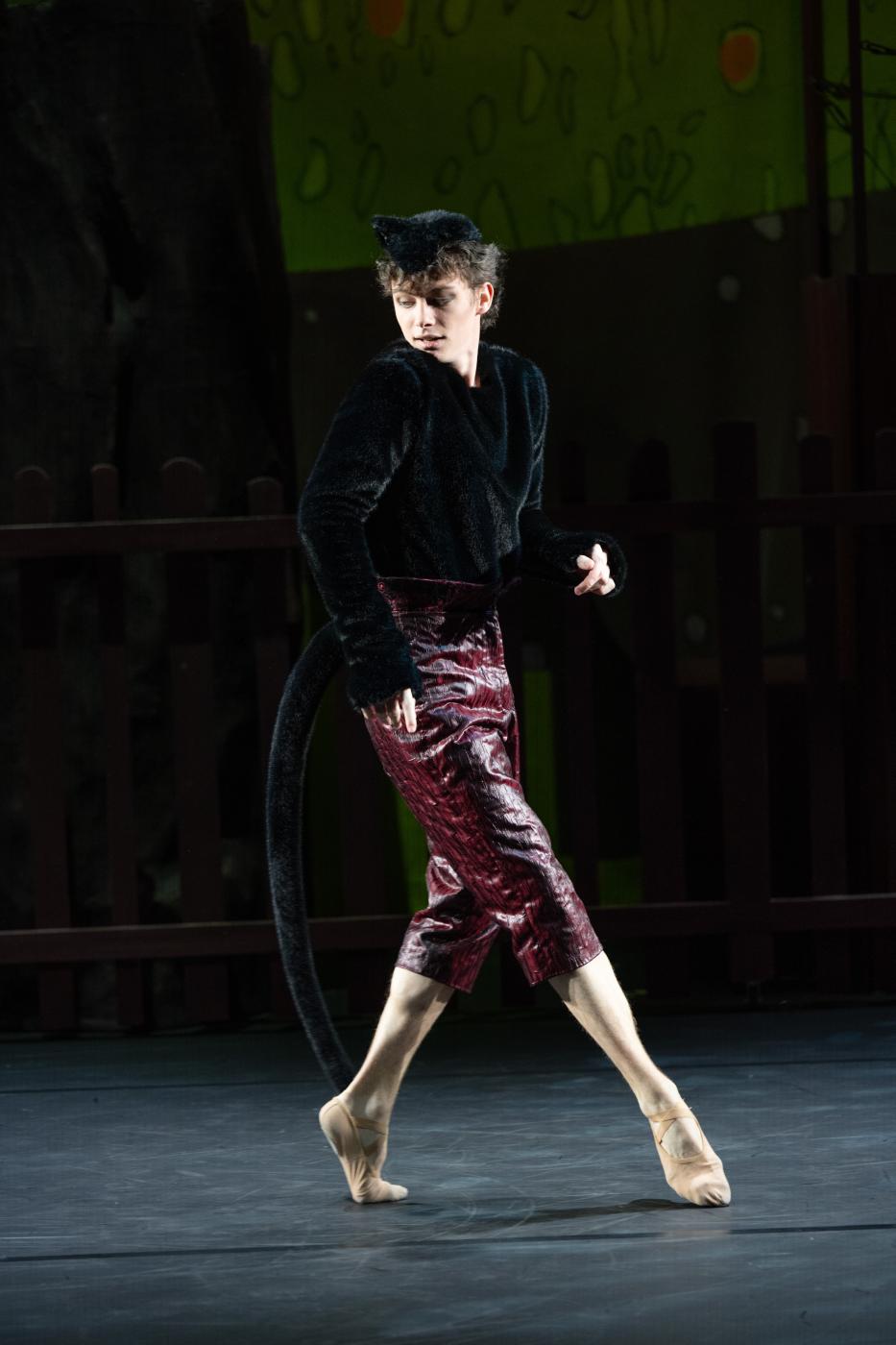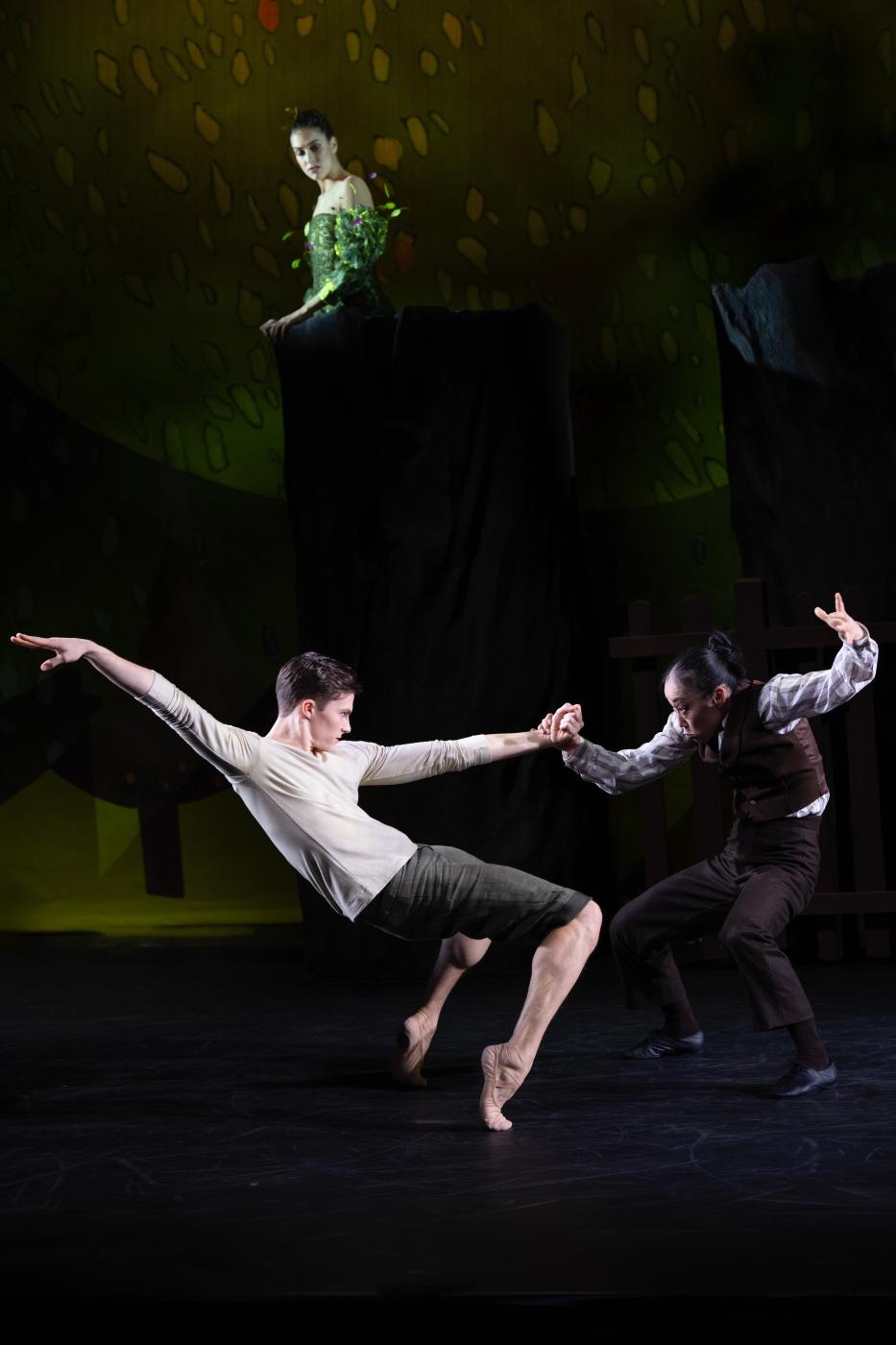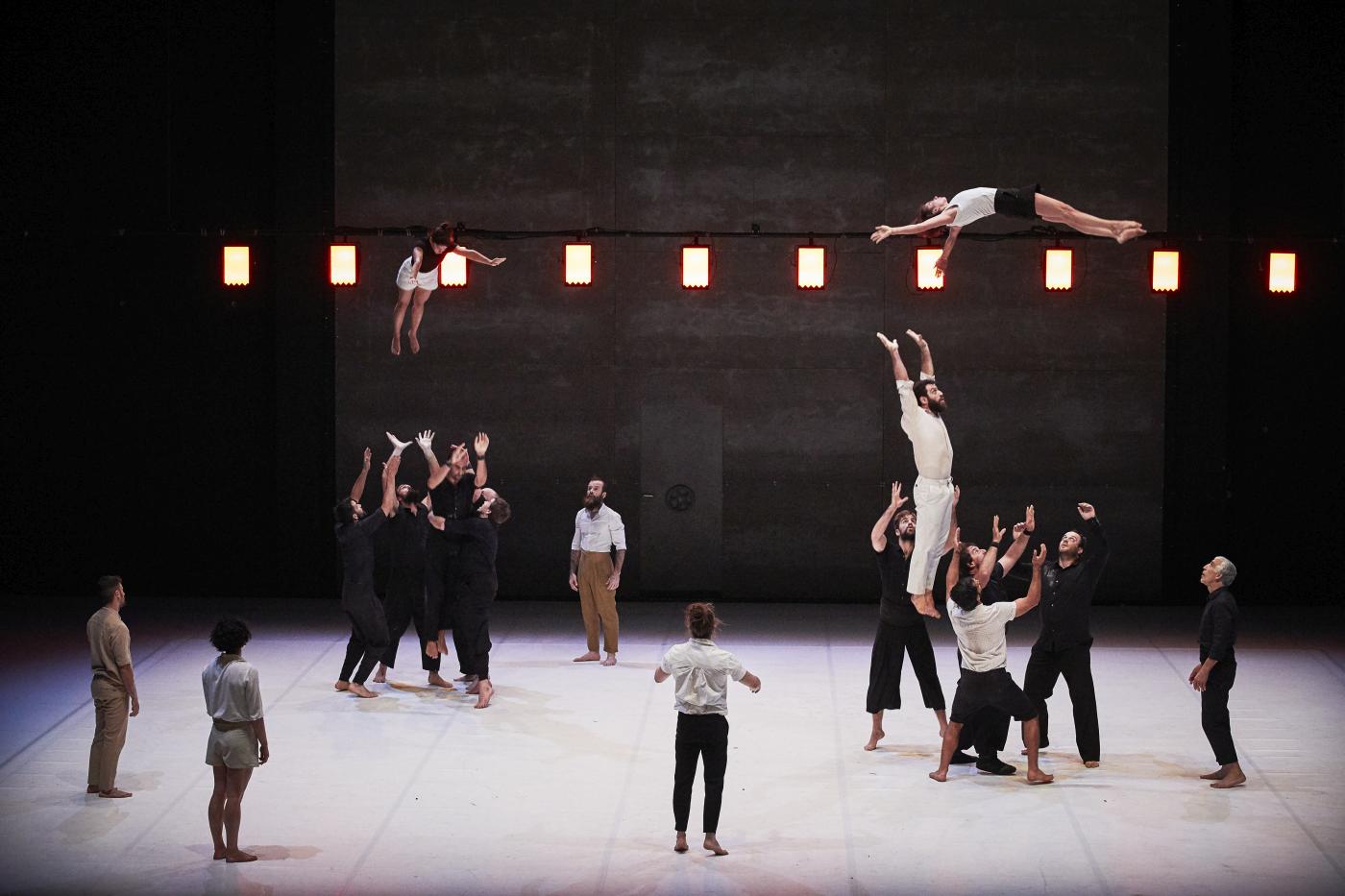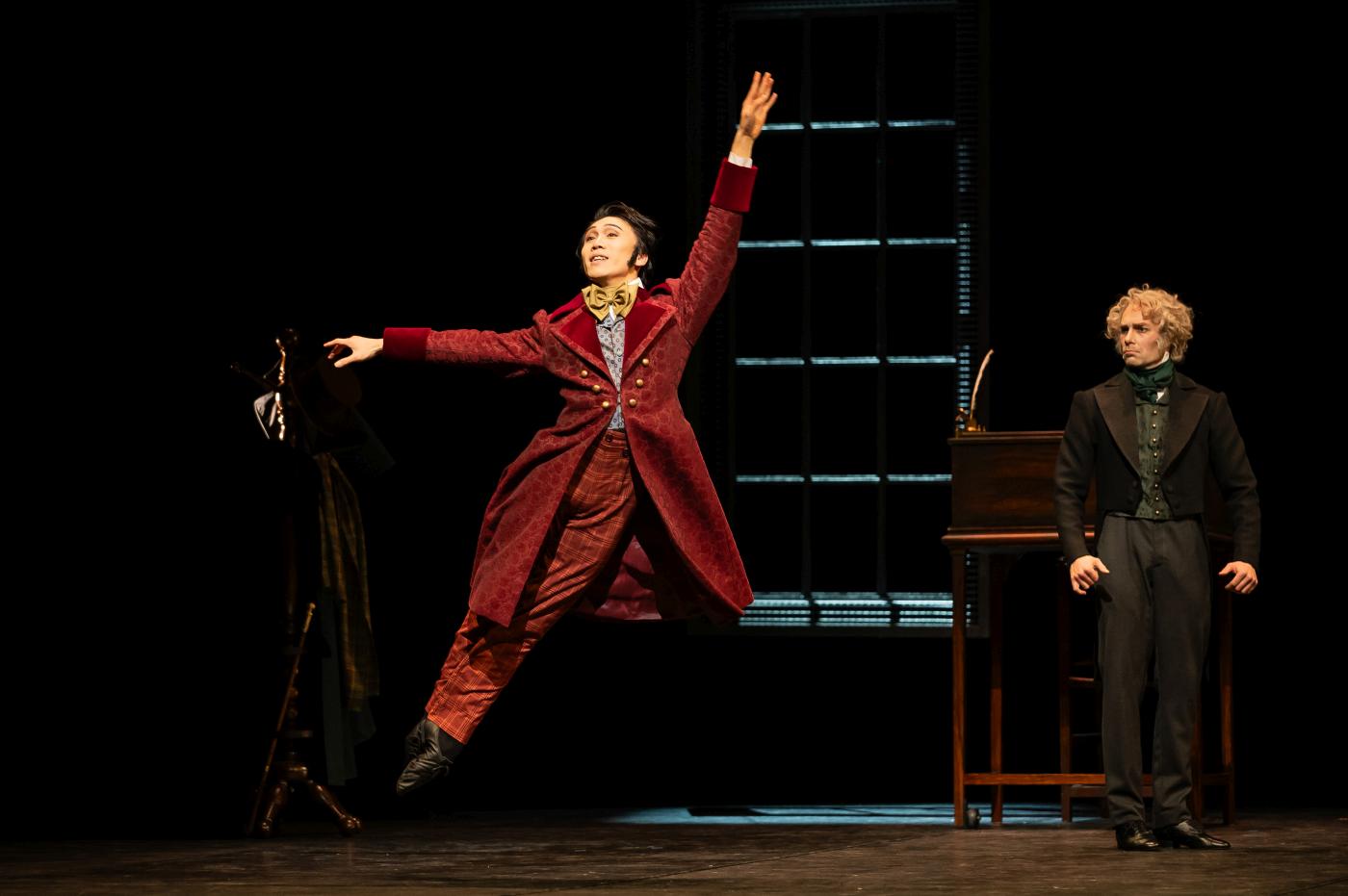Prix Benois de la Danse
Bolshoi Theatre (Historic Stage)
Moscow, Russia
June 2025
by Ilona Landgraf
Copyright © 2025 by Ilona Landgraf
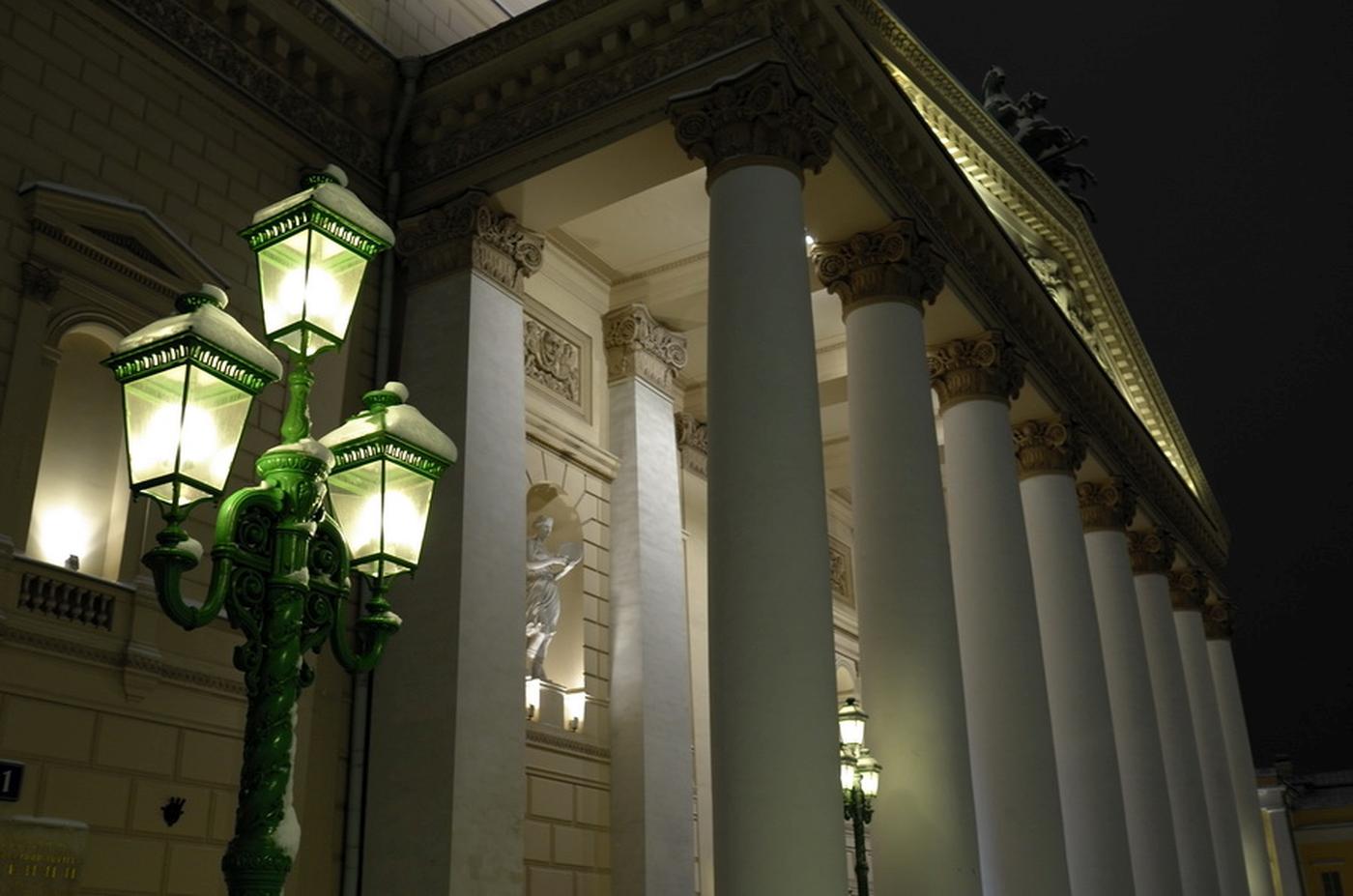
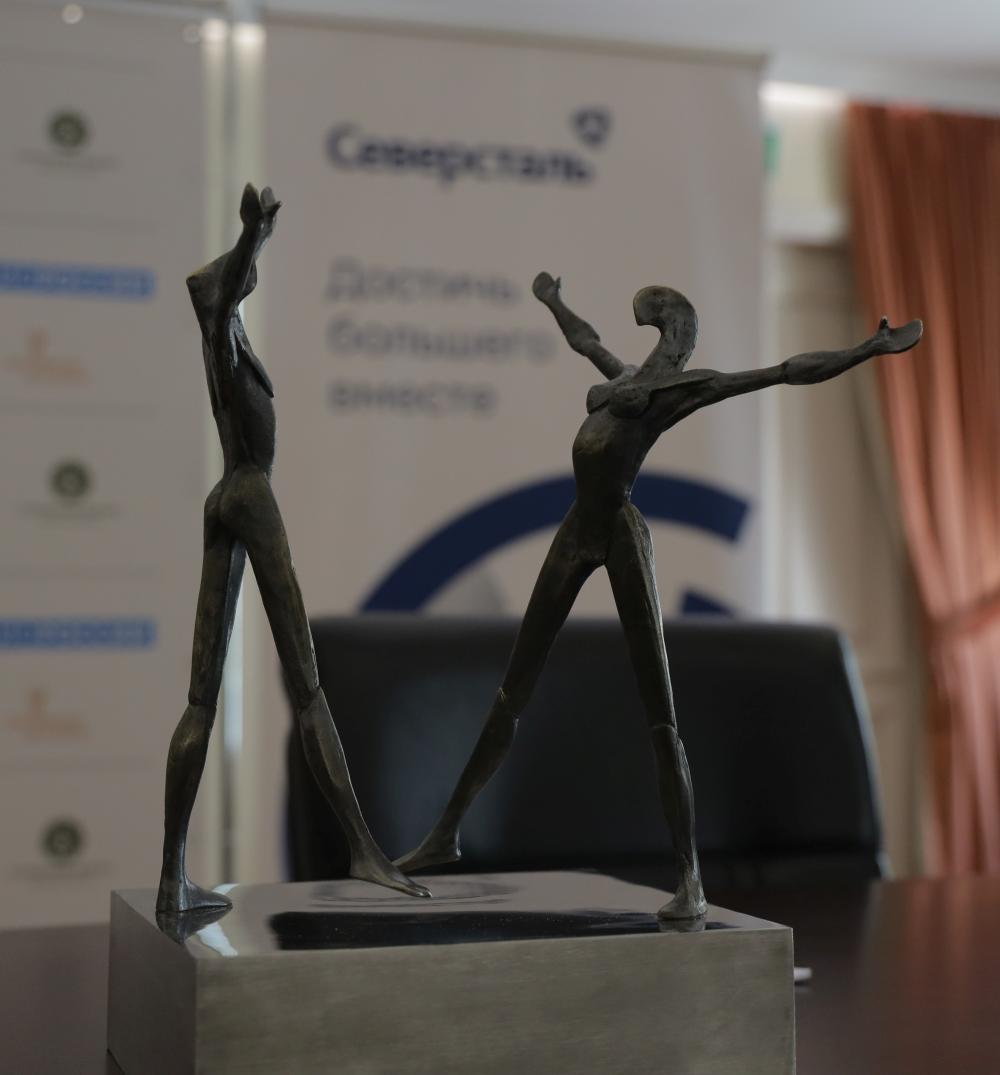 As in 2024, the Prix Benois jury nominated thirteen dancers from eight companies for this season’s award. Of the six women and seven men, two dance in China, France, and South Africa; one dances in Kazakhstan; and six, Russia. Next Tuesday, the laureates will be announced at an award ceremony at the Bolshoi Theatre, Moscow.
As in 2024, the Prix Benois jury nominated thirteen dancers from eight companies for this season’s award. Of the six women and seven men, two dance in China, France, and South Africa; one dances in Kazakhstan; and six, Russia. Next Tuesday, the laureates will be announced at an award ceremony at the Bolshoi Theatre, Moscow.
Here’s a short overview of the nominees in alphabetical order by company name: Continue reading “Dancer Nominees for the Prix Benois 2025”
